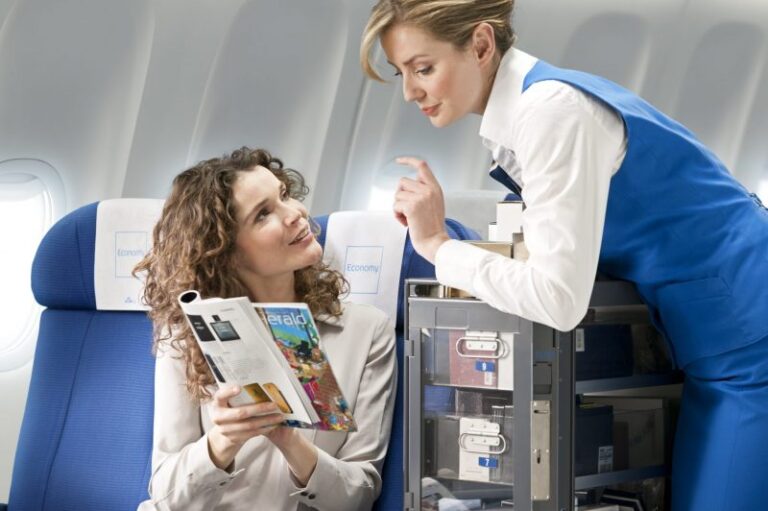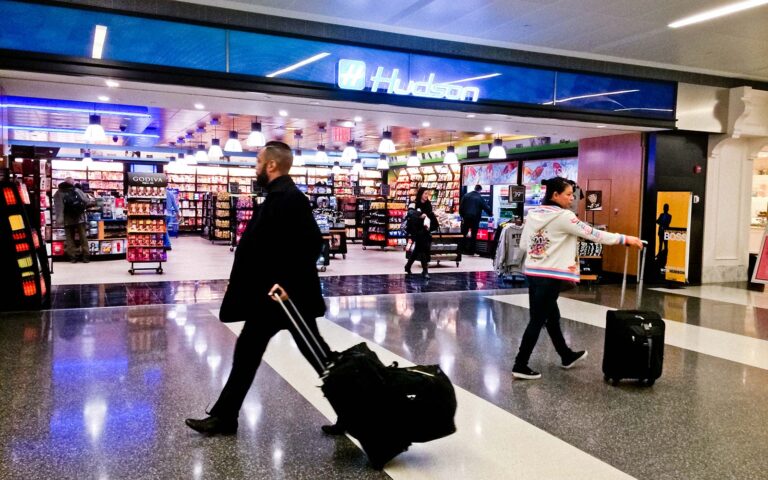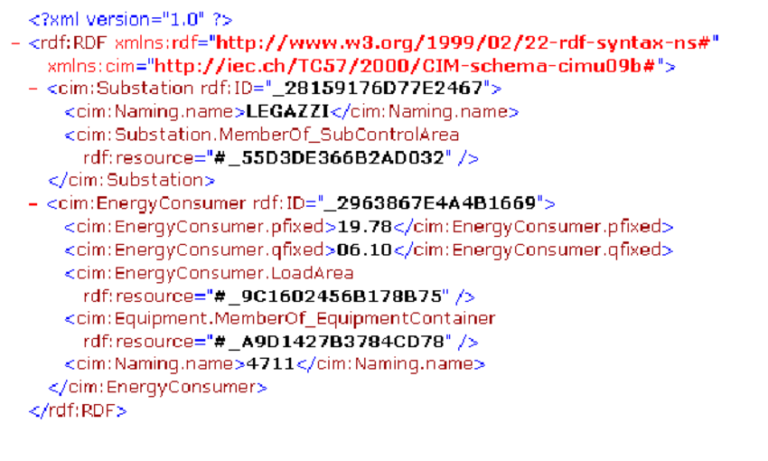ONE Order: From Concept to Work in Progress
In today’s world, the connected travel eco-system does not share information very effectively making it difficult for airlines and other travel providers to have common processes or journey visibility. So for example, if an airline passenger needs to change his booking (order) and it was purchased through a third party, chances are the airline will not have enough data to be able to amend (and account for) that amendment. The traveller is turned back to the vendor. While an obvious inconvenience to the traveller especially at times of airport turmoil, this is not practical or efficient for the airline or the travel agent either.
So while NDC is fundamental to making the sales and distribution process easier for third parties, it wasn’t doing much for the siloed back-end systems. IATA’s guiding intention is not just to make the customer buying experience easier, but ultimately the whole customer journey. In IATA’s view if changes are required, either for operational or customer related reasons, transparency and built in efficiencies should make that process seamless. Simplifying today’s complex back-end fulfilment and accounting in line with the new distribution capabilities at the front-end is the reason why the ONE Order concept was created.
Concept
ONE Order combines all that order information into one version of the truth, with clear ownership by one travel provider, and allows processes to be built that will work whatever the source of the order. This will make transitions between different companies seamless to the consumer, and mean that the frustrations of travel will be a thing of the past.
Within NDC today, the orders are still translated into multiple IDs and documents such as a PNR, an E-ticket or an EMD and handled by legacy systems. For example, order and payment processes have historically not resided in the same systems. Airlines actually have two separate methods for tracking the same transaction: the PNR (the order, used for operations and fulfilment) and the ET (electronic ticket, a confirmation of the payment mechanism). Separate legacy systems – an operation’s (reservations) system and a financial (payments) system – are still being separately maintained. Today much of the data in PNRs and ETs is replicated, as there are two distinct processes, airlines end up performing a reconciliation process in the back office, often manually and at great expense. This is a fundamental difference between legacy airlines and their ticket-less low-cost competitors, who from day one ensured they use a single customer record for order and delivery
When you add ancillaries to the mix the picture gets further convoluted. Today’s ancillary revenue tends to complicate the links between payment and fulfilment since ancillary services may or may not be ordered, and paid for, at the same time as the original ticket. Ancillary is often purchased direct even if the original ticket is purchased through an intermediary. Airlines have had to work hard to link ancillary back to the original ticket both from an operations standpoint (the order) and from a payment standpoint (total revenue for a customer). Reconciliation is often a costly exercise for the airlines.
So while NDC schemas are about creating new workflows and pipes for merchandising air travel including ancillaries, they don’t impact the inherent inefficiencies of legacy fulfilments systems IATA recognised that this does not make sense in the long run, so in 2015 the ONE Order initiative was launched at another WPS gathering. Its first schema was issued late 2016, but it is not likely to come out of a pilot into a live implementation before 2019. In other words the emphasis is on getting NDC schemas bedded down then shifting focus on the back-end fulfilment.
So ONE Order is really aimed at taking NDC efficiencies to the next level by simplifying the whole order fulfilment and accounts reconciliation process. It will increase the return on investment to implement NDC Order and provide the opportunity to refresh the technology in a critical area of an airline’s operation.
Vision
There are three key principles that underpin the ONE Order vison:
- Development of a customer-centric architecture and approach to air travel retailing
- More efficient billing process that enables real-time information exchange between relevant systems involved in the order fulfilment
- Simplified way of merchandising and delivering all the components of travel
IATA defines ONE Order as “An initiative to replace the multiple and rigid booking, ticketing, delivery, and accounting methods with one single and flexible order management process. It leverages the data communications advances made possible by implementation of the New Distribution Capability.”
ONE Order combines the PNR data information with the E-ticket and the EMD information into one single record. This means ONE Order will allow universal access across the travel ecosystem to a customer’s data using a common data dictionary. That customer information will have a single identifier, facilitating service provision not only for the customer but for the service providers, including travel agents, interline partners, airports’ ground handling agents, catering companies, and even any third-party resellers involved.
Hence while NDC is all about enhancing airline distribution, ONE Order complements NDC by simplifying the back end order process for the passenger and for the airline, especially where there are interlining arrangements or ground-based service provisions.
Basically it is redesigning the way airlines take bookings, confirm payment and fulfil air and non-air products. Technically, ONE Order offers new pairs of XML messages to complement the NDC XML messages. This is done by looking at the way order records transmit data to revenue accounting and other systems involved in the delivery of the purchased services including those of third parties.
Challenges facing ONE Order standards adoption
The One Order initiative promises to cut through the complexity to create itineraries with a single reference number that will have the potential to benefit all travel suppliers to an airline’s passengers. It will make ancillary upselling and interlining arrangements easier and will even facilitate being able to connect to the networks of the budget carriers. Using low cost carriers to feed into long haul routes is an ambition for both segments, and many full service carriers have bought into the Low-cost short-haul model (with various degrees of success). The ONE Order concept makes perfect sense for the industry as a whole, and unlike during the early life of NDC there have not been many opponents.
By promising to add real value to the industry and its customers, there is hope that the concept and its standardisation principles will be increasingly embraced. However, there are clear indications that ONE Order is not going to happen overnight and there will be a need for a gradual transition rather than a big bang approach. It may take some airlines several years to fully climb on board
There are some distinct challenges to overcome:
- System / Process Overhaul — We are talking about a total re-alignment of front and back office functions in order to take advantage of next generation technology in communication and retailing. It is not simply a case of converting a paper-based system to a computerised one (that’s already been done). It is not a case of integrating two separate systems. Fundamentally it is about building new processes and workflows from the ground up – and ensuring the systems are fit for purpose
- Investment — The technical improvements required to move an airline fully to a customer centric rather than product centric approach will require a long term investment.
- Transition from the old to the new — Since ONE order is radical and untested, airline will want to make sure there is a clear and safe transition. This will involve maintaining compatibility with the existing ecosystem. IATA envisages airlines setting up an Order Management platform that probably sits on top of their current PSS or they will work with their PSS provider to find a way of recording current PNR and e-ticket data into a single order record. For most airlines today this is unchartered territory and may lead to some technical challenges to overcome
- Industry Co-operation — ONE Order is an industry wide requirement and to fully benefit from ONE Order adoption, it will need a fair degree of cooperation and commitment from partner airlines and other travel product suppliers







